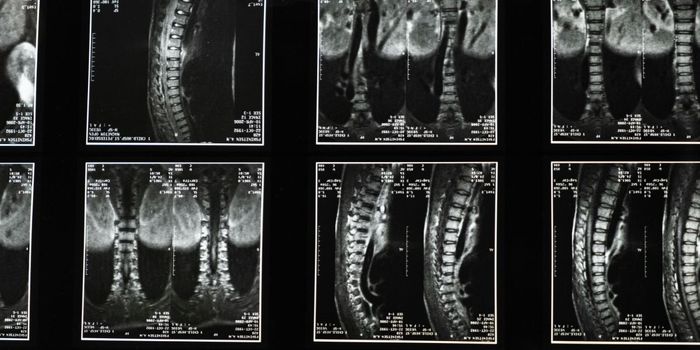
Researchers claim to have pinpointed the protein on neural stem cells that Zika seems to be targeting.
The Zika virus outbreak in Brazil has been linked to an increase in microcephaly, a birth defect where the infant’s head is smaller than normal. The Zika virus does not produce severe symptoms in adults. However, because of the link to microcephaly, the World Health Organization declared the Zika outbreak a global health emergency.
Information about the cellular mechanism connecting microcephaly to the Zika virus has been limited. One hypothesis claims that Zika can hijack a protein found on the surface of radial glial cells and use them as an entryway to infection. Radial glial cells help build the cerebral cortex in the developing central nervous system. They are only present during the second trimester of pregnancy. They serve as primary progenitor cells that give rise to neurons, astrocytes, and oligodendrocytes.
The AXL surface receptor is highly abundant on the surface of human radial glial cells, but not on neurons in the developing brain.
AXL seems to be the entry point to infection in viruses similar to Zika, such as the Dengue virus. Realizing this, University of California researchers used single-cell RNA sequencing to look for the presence of AXL across different cell types. The cell types included those within the mouse brain, ferret brain, human stem cell-derived brain organoids, and developing human brain tissue. Radial glial cells expressed AXL in every one of those models.
Disruption of radial glial cells resulted in multiple symptoms associated with Zika in the developing fetus. These symptoms include microcephaly, eye lesions, and lissencephaly (abnormally smooth brain).
The researchers used antibody trackers in developing tissues and organoids to find where the AXL receptor was most likely to be found on neural stem cells. They found that AXL accumulated near areas where the neural progenitors were in contact with cerebrospinal fluid or blood vessels. Thus, if Zika uses AXL as its entry point, it can easily reach a vulnerable population of host cells.
"While by no means a full explanation, we believe that the expression of AXL by these cell types is an important clue for how the Zika virus is able to produce such devastating cases of microcephaly, and it fits very nicely with the evidence that's available," says senior study author Arnold Kriegstein, director of the Eli and Edythe Broad Center of Regeneration Medicine and Stem Cell Research. "AXL isn't the only receptor that's been linked with Zika infection, so next we need to move from 'guilt by association' and demonstrate that blocking this specific receptor can prevent infection.”
We still don't understand why Zika, in particular, is so virulent to the developing brain," Kriegstein says. "It could be that the virus travels more easily through the placental-fetal barrier or that the virus enters cells more readily than related infections."
The researchers are currently looking at how they can use AXL to their advantage in preventing or curing Zika. Blocking it completely will most likely not be an option because of its important role in neural stem cell production.
The study was published today, March 30, in the journal
Cell Stem Cell.
Sources:
Cell Press press release via EurekAlert!,
journal article "Expression Analysis Highlights AXL as a Candidate Zika Virus Entry Receptor in Neural Stem Cells" in Cell Stem Cell
 Researchers claim to have pinpointed the protein on neural stem cells that Zika seems to be targeting.
Researchers claim to have pinpointed the protein on neural stem cells that Zika seems to be targeting. 

![Everything You Need To Know About NGS [eBook]](https://d3bkbkx82g74b8.cloudfront.net/eyJidWNrZXQiOiJsYWJyb290cy1pbWFnZXMiLCJrZXkiOiJjb250ZW50X2FydGljbGVfcHJvZmlsZV9pbWFnZV9mNTM1ZjIyYzA5MDE5ZmNmMWU5NmI0ZDc4NWU2MzdiZTZlN2I5ZDk5XzE4NDUuanBnIiwiZWRpdHMiOnsidG9Gb3JtYXQiOiJqcGciLCJyZXNpemUiOnsid2lkdGgiOjcwMCwiaGVpZ2h0IjozNTAsImZpdCI6ImNvdmVyIiwicG9zaXRpb24iOiJjZW50ZXIiLCJiYWNrZ3JvdW5kIjoiI2ZmZiJ9LCJmbGF0dGVuIjp7ImJhY2tncm91bmQiOiIjZmZmIn19fQ==)





